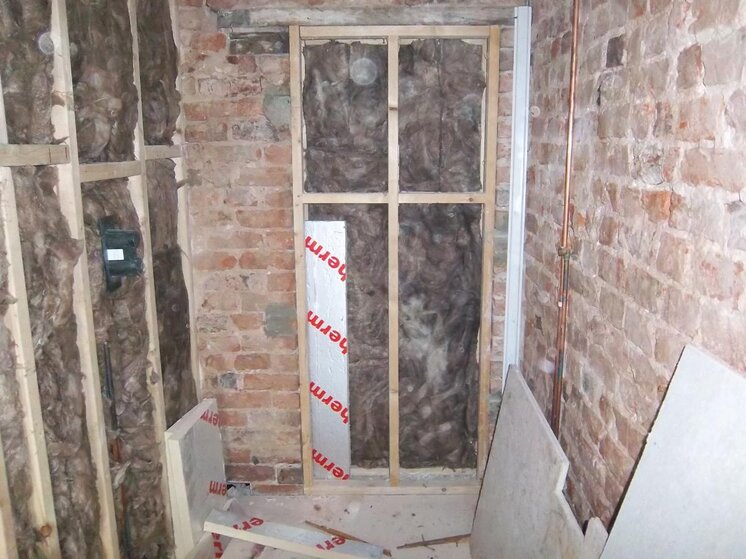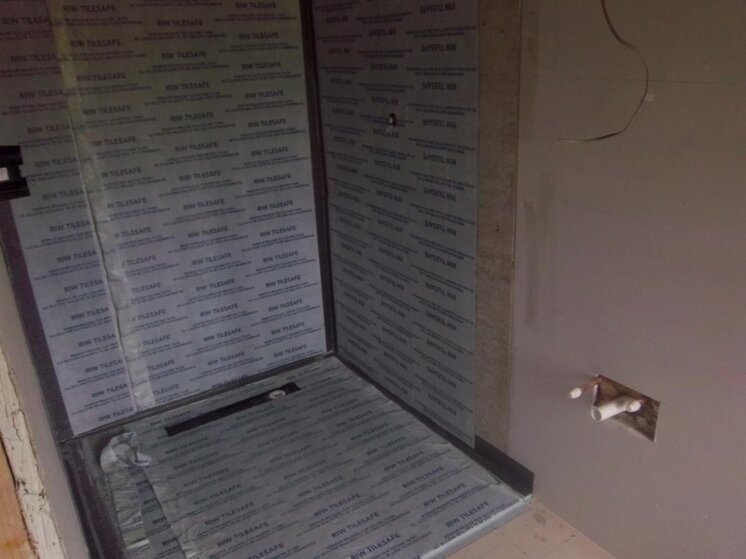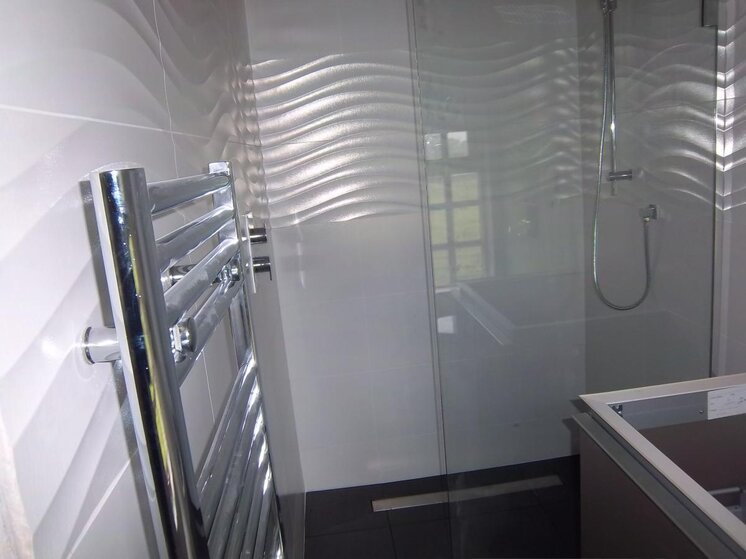R
rj1884
Good afternoon.
Just started a bathroom which has resulted in the plaster/sand and cement falling away from the brickwork on the external wall in the walk in shower area as we removed the existing tiles. We've striped the wall back to the brickwork as the wall was so bad. We intend to dot and dab using a backerboard. My question is is there a specific adhesive I should be using to stick the boards or would any cement based adhesive do. Also would you guys mechanically fix the boards as well for extra security.
Thanks in advance
Just started a bathroom which has resulted in the plaster/sand and cement falling away from the brickwork on the external wall in the walk in shower area as we removed the existing tiles. We've striped the wall back to the brickwork as the wall was so bad. We intend to dot and dab using a backerboard. My question is is there a specific adhesive I should be using to stick the boards or would any cement based adhesive do. Also would you guys mechanically fix the boards as well for extra security.
Thanks in advance






